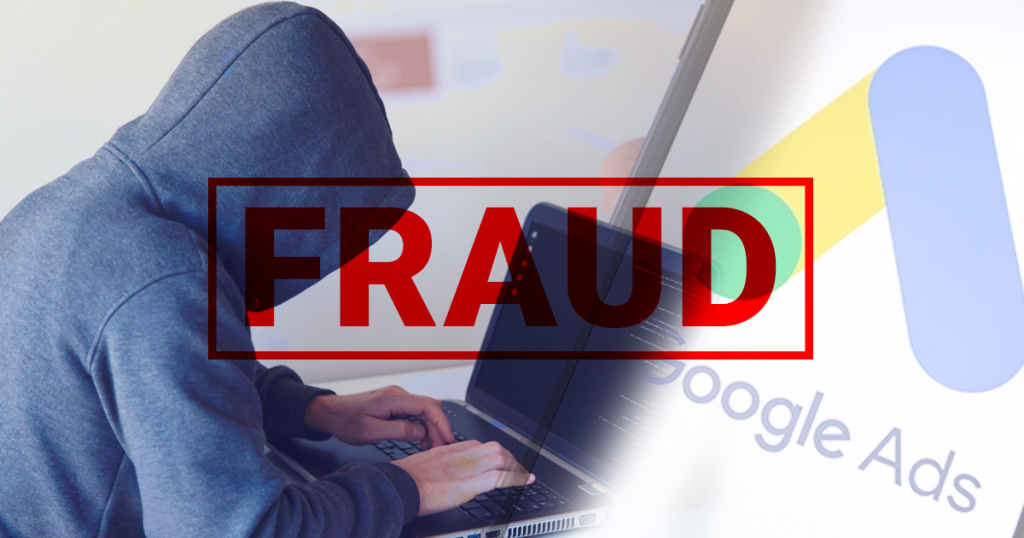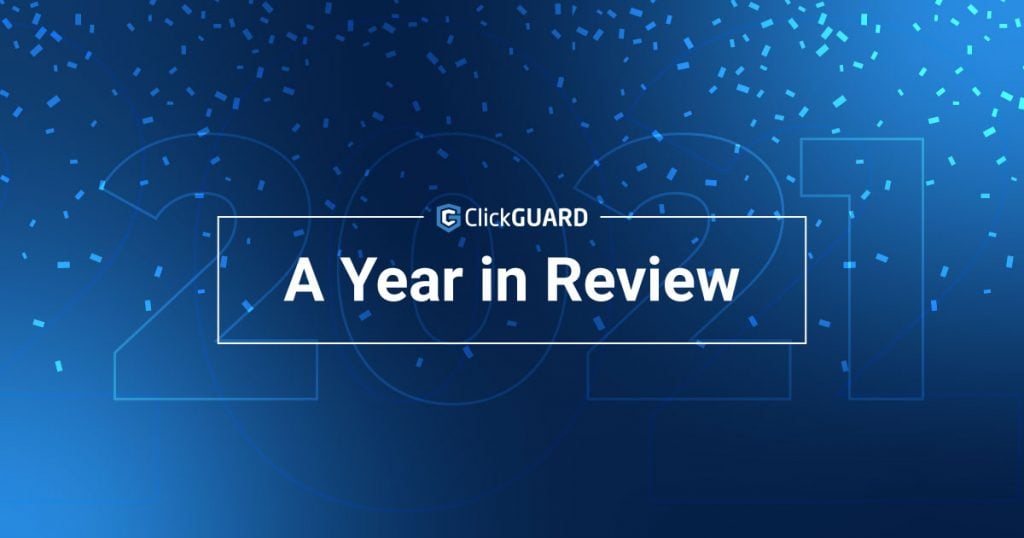To say the last couple of years has been a rollercoaster would be an understatement. Changes we’ve all seen and experienced across multiple industries are reflected in ad fraud benchmarks as well.
Read on to find out more about the most recent ad fraud benchmarks & statistics every marketer should know in 2022.
Digital Advertising: The Statistics
To understand why fighting ad fraud should be a priority for your business in 2022 and beyond, we first need to look at the rich world of digital advertising.
It’s no secret that many marketers drive businesses by investing in complex digital strategies. These often include several kinds of digital advertising – social media ads, Amazon Ads, Google Ads, etc.
Here is why digital advertising is worth the effort:
Digital Advertising Statistics
On a global level, companies are increasingly investing more in paid advertising year after year. As consumers turn to online sources for researching and purchasing products and services, digital advertising is also increasing.
- Around 47% of total global purchases are completed online. (Google)
- Display advertising accounted for the largest ad spend share in 2021, reaching $238 billion. (Statista)
- At the same time, companies have spent $144.8 billion on search advertising in 2021; this amount is projected to grow to $163 billion in 2022. (Statista)
- Mobile ad spending is expected is also expected to rise; projections expect it to surpass $240 billion dollars in 2022. (Statista)
Google Ads Statistics
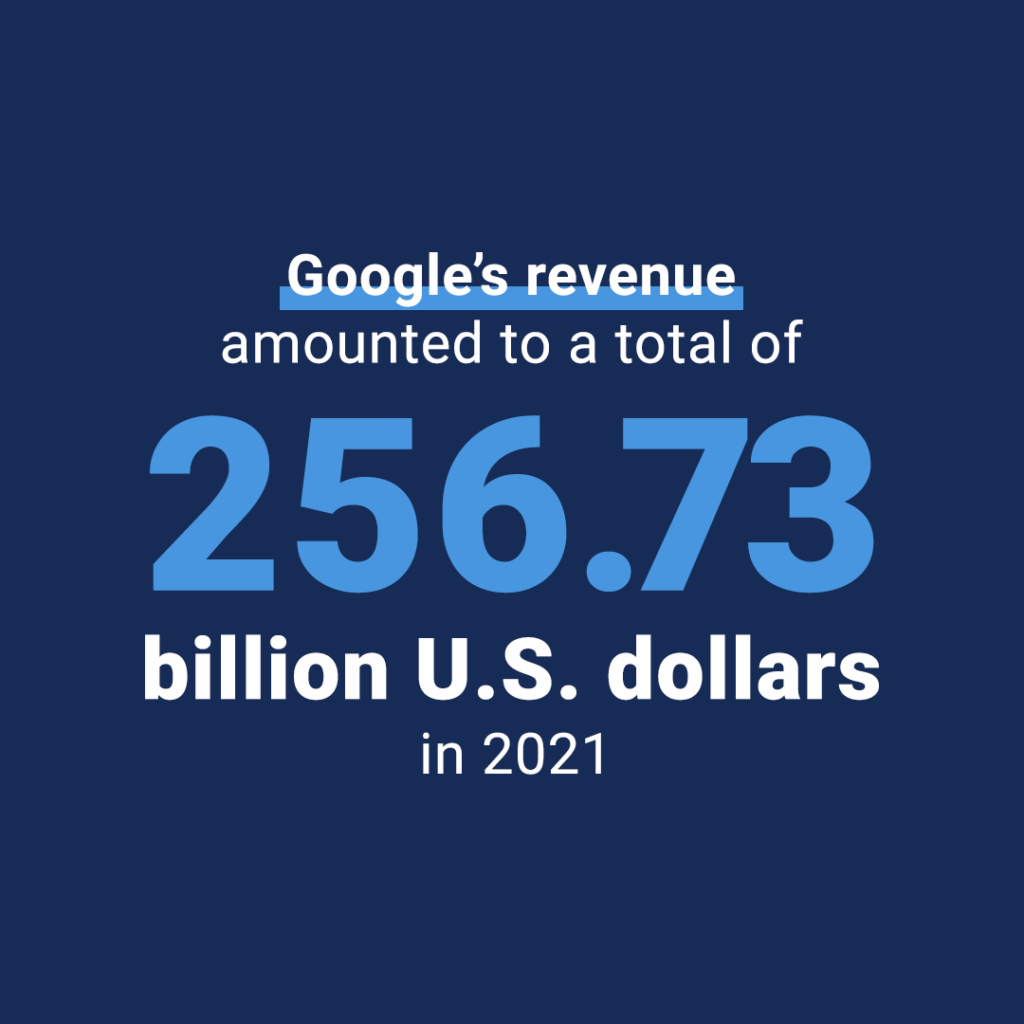
When it comes to digital advertising tools, Google Ads are a huge source of growth for businesses. Google still offers a highly efficient and popular advertising platform.
- Search giant Google’s revenue amounted to a total of 256.73 billion U.S. dollars in 2021. (Statista)
- Approximately 82% of this revenue has come from Google Advertising. (Statista)
- 3 in 4 small businesses have used Google tools to help them overcome pandemic-related business challenges during 2020. (Google Economic Impact)
- According to Google, the average ROAS for Google Ads is 200%; that means that on average businesses earn $2 for every $1 spent. (Google Economic Impact)
Ad Fraud Benchmarks You Need To Know In 2022
The other side of the digital advertising coin is a dark one. As online purchases and online advertising are growing, so is digital ad fraud. The COVID-19 pandemic, for example, has accelerated the adoption of both online tools and e-commerce.
According to McKinsey, online retail-related spending has risen 30% since pre-pandemic times. This rise in consumer spending can be correlated with more opportunities for deploying ad fraud.
Ad Fraud Statistics And Cost Predictions
Where money is spent, money can be stolen. Digital ad fraud poses a great financial risk to businesses. Here are some ad fraud benchmarks that highlight this threat:
- Digital advertising spending loss to fraud could reach $68bn globally in 2022, with the US being the most affected country. (Juniper Research).
- By 2023, ad fraud will cost the industry $100 billion per year (Juniper Research)
- It is estimated that about 43% of traffic is invalid traffic (IVT) and non-human traffic (NHT). (Forbes)
- An estimated 14% of all clicks on PPC ads (both social and search) are invalid. (University of Baltimore)
Ad Fraud Benchmarks by Industry
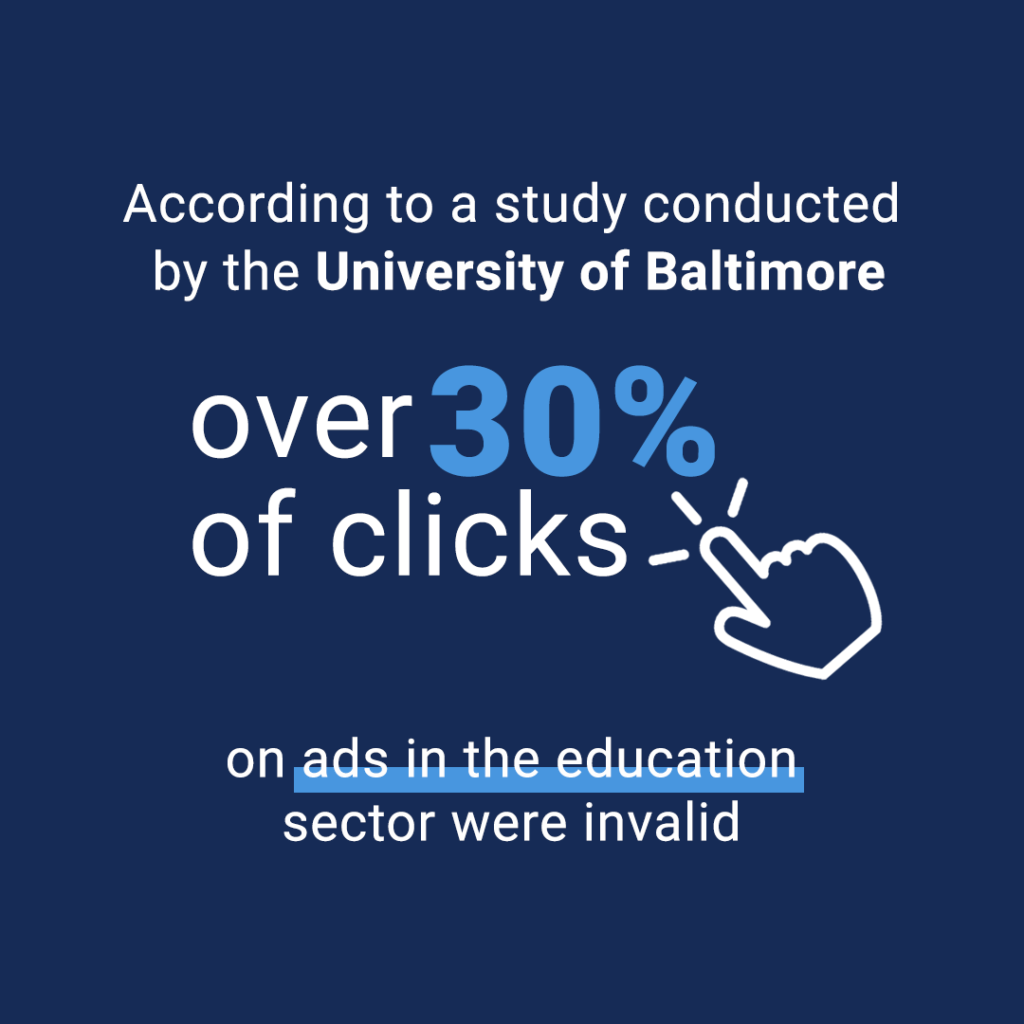
Ad fraud affects industries differently. Some industries are more targeted than others. For example, the financial and education sectors seem to be most targeted, as shown by these different ad fraud benchmarks:
- According to a study conducted by the University of Baltimore, over 30% of clicks on ads in the education sector were invalid; the tourism and travel sector is the next victim, with a rate of 16% invalid clicks.
- Another study carried out by Imperva also showed the financial sector as most affected by bad bot traffic (47.7%); this was followed by education (45.7%), IT and services (45.1%), marketplaces (39.8%), and government (37.5%).
Mobile Ad Fraud Benchmarks
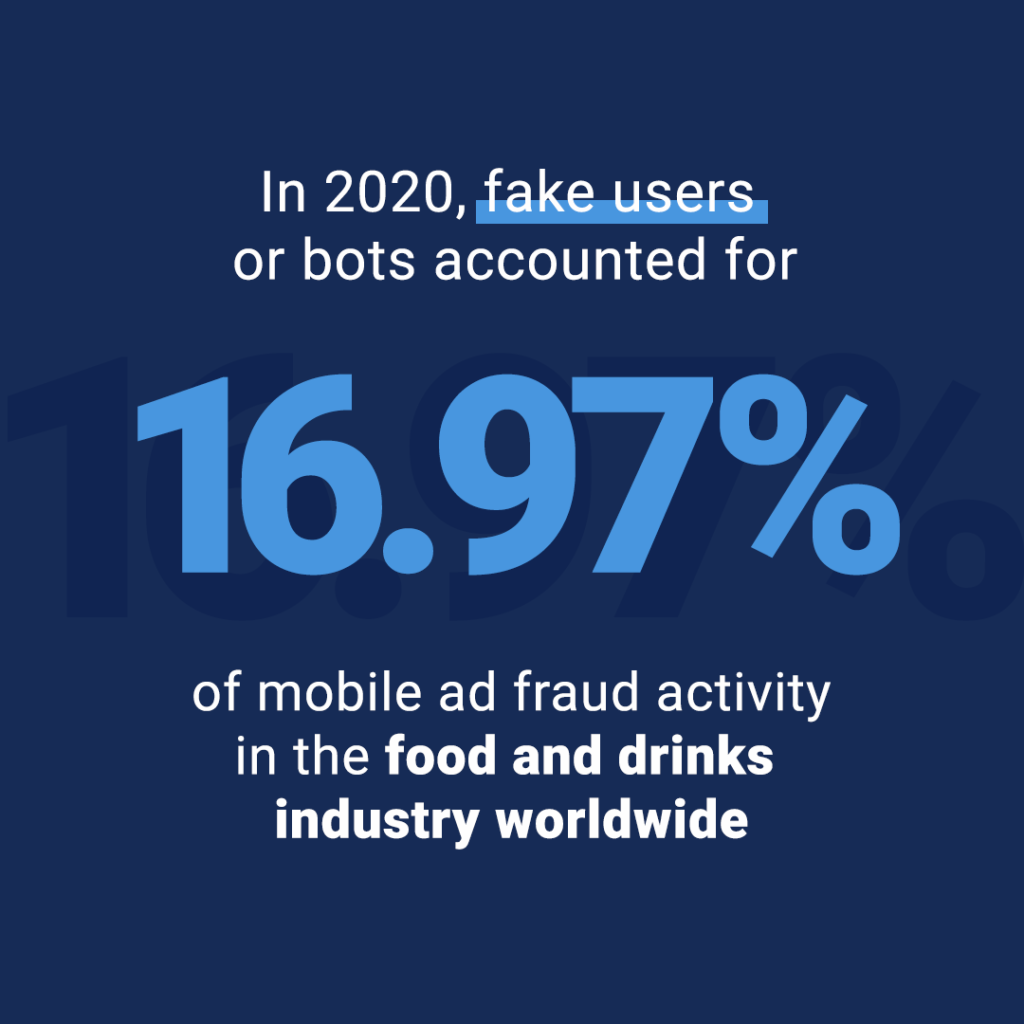
Needless to say, smartphones have become commodities. And with so many people connecting to the internet via mobile devices, mobile ad fraud is also on the rise.
- In 2021, mobile advertising spending reached a record $288 billion worldwide; this figure represents an increase of 26.6% compared to the previous year. (Statista)
- It is estimated that mobile ad spending will reach $413 billion by 2024. (Statista)
- Mobile search results account for 65% of clicks on paid search results in the USA. (Statista)
- In 2021, the rate of install fraud on mobile apps worldwide was 7% for iOS apps and 12% percent for Android apps. (Statista)
- In 2020, fake users or bots accounted for 16.97% of mobile ad fraud activity in the food and drinks industry worldwide. Software development kit (SDK) spoofing was the most common type of mobile ad fraud in the sector, accounting for 59.73% of frauds. (Statista)
Social Media Ad Fraud Benchmarks
People use social media for researching products and companies, but also for making purchases. At the same time, businesses are investing in social media ads to reach potential consumers. As everybody is “social” these days, social media offers a rich terrain for fraudulent activities.
Here are some worrying social media ad fraud benchmarks:
- Over one in four people who reported losing money to fraud in 2021 said it had started on social media – either through an ad, a post, or a message. (FTC)
- Over 95,000 people reported about $770 million in losses to fraud initiated on social media platforms, accounting for about 25% of all reported losses to fraud in 2021. (FTC)
- Data gathered by the FTC suggest that social media was far more profitable to scammers in 2021 than any other fraud method. (FTC)
- In the fourth quarter of 2021, Facebook has taken down 1.7 billion fake accounts; in the first quarter of 2019, a record figure of approximately 2.2 billion fake accounts have been removed. While the number of actions that Facebook is taking to remove fake accounts is going down, this continues to remain a problem. (Statista)
- In the first half of 2021, LinkedIn blocked 11.6 million fake accounts at registration and took down 89.4 million fake accounts – either automatically, or by manual reviews. (LinkedIn)
Ad Fraud Across The World
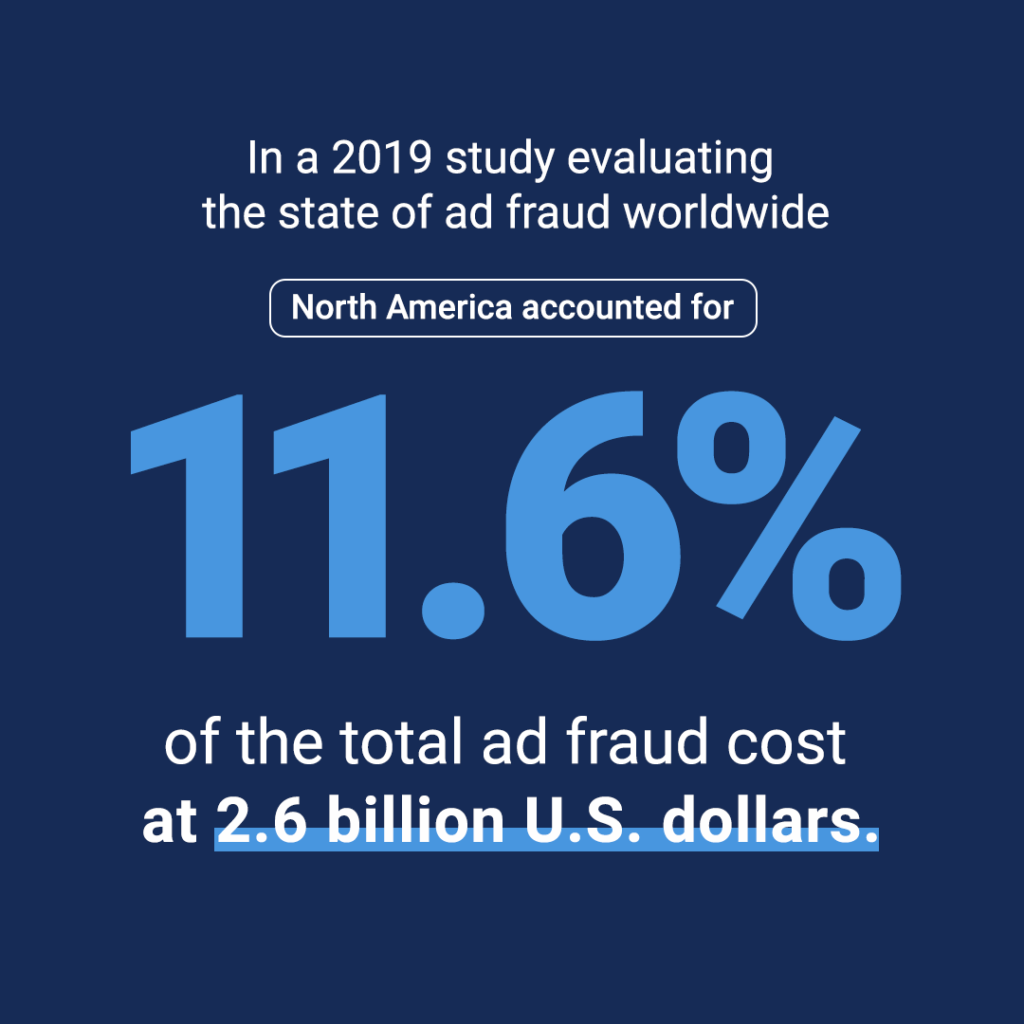
Digital ad fraud affects businesses all around, in various degrees. While some markets are more “mature” in identifying and stopping click fraud, some still have many issues to tackle.
- In a 2019 study evaluating the state of ad fraud worldwide, North America accounted for 11.6% of the total ad fraud cost, at 2.6 billion U.S. dollars. (Statista)
- The same study has shown that China incurred the largest share of costs, at more than 83%. (Statista)
- According to another study, about 32% of the digital ad traffic in China during 2019 was invalid. (Miaozhen Systems)
- India has had the highest rate of detected ad fraud in 2019, with 39%. On the other side of this chart, Japan has the lowest rate, at 10%. (Statista)
- An investigation into the supply chains of the UK‘s programmatic ad market has shown that 15% of all marketing spend is unaccounted for; only half of the investment makes it to publishers. (Mediatel)
- In Australia, the Audited Media Association of Australia (AMAA) has shown that ad fraud and non-human traffic are among the biggest concerns for marketing professionals and agencies. (AMAA)
- In Russia, digital advertising represents a 36% share of the advertising market. 70% of advertisers use the number of clicks as their main metric for measuring advertising effectiveness. As many ad fraudsters have originated from Russia, these statistics are particularly worrying for the local market. (IAB)
How Does Ad Fraud Work, Exactly?
Digital ad fraud is a term used to describe a combination of tactics used by cybercriminals to steal advertising budgets through fake clicks, fake traffic, or fake content. This has the effect of stopping digital ads from being delivered to intended audiences or ad spaces.
Ad fraud schemes include:
- Click spamming
- Click injection
- Domain spoofing
- SDK spoofing
- Pixel stuffing
- Ad stacking
- Geo-masking
- Etc.
All of these tactics allow ad fraudsters to collect legitimate money destined for legitimate ads and for a real audience. Fraudsters use these tactics to fraudulently make money from legitimate advertisers or ad spaces. For example, in the case of click spamming, fraudsters deploy bots that create fake clicks in order to earn money from PPC campaigns.
Ad fraud hurts not only advertisers but also publishers, by driving down the ROAS and decreasing the overall value of ads.
The Challenge of Establishing Reliable Ad Fraud Benchmarks
We know marketers love data. And it is only fair to want to base your marketing decisions on reliable metrics and benchmarks. When it comes to ad fraud, however, we are talking about a fast-paced environment and you should treat it as such.
Keep in mind that fraudsters are constantly adapting their fraudulent schemes, even faster than marketers, publishers and advertising networks can fight them. While invalid and non-human traffic is definitely something to look into in order to understand how your business is affected by click fraud, there are various aspects to be considered.
Digital marketing efforts can also be affected by issues such as viewability, ad blockers, bad targeting, and frequency caps. While the last two fall into the marketer’s responsibility to optimize, issues like viewability and ad blockers tend to leave many marketers in the dark.
For example, viewability is affected by several factors – not just fraud. According to Forbes, a viewability benchmark lies at around 31%. This happens because viewability is often reported incorrectly – it can be affected by hidden or minimized browser windows.
Being aware of existing ad fraud benchmarks can help you plan and optimize your digital campaigns better. At the same time, you might take them as an incentive on introducing a “fight” against ad fraud in your marketing plan. After all, this is costly global phenomenon costly one – fortunately, though, not one that can’t be defeated at all. Read more about post-click analysis on our page to educate yourself on how to fight click fraud in a sustainable, realistic, and scalable way.
